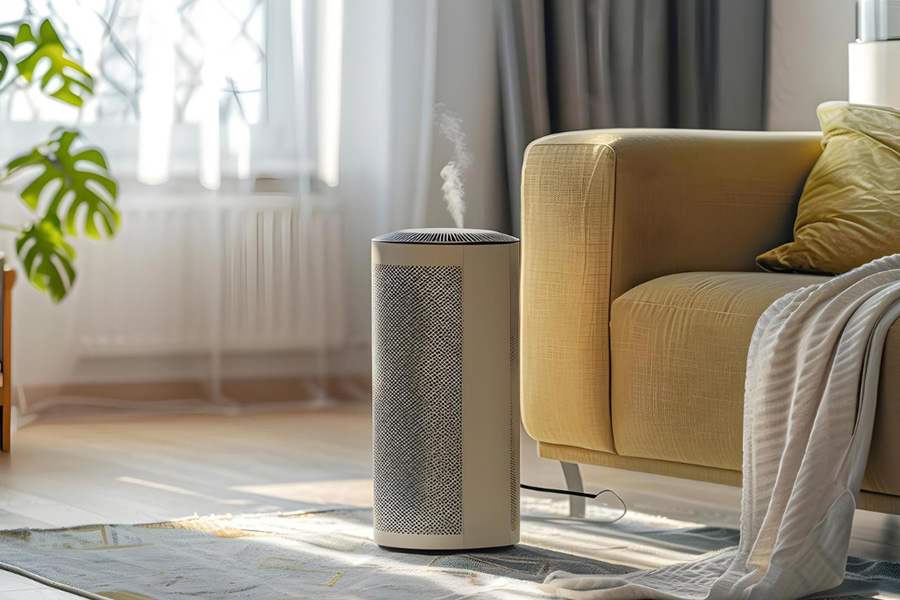
The results revealed that mental health risk perception (MHRP) was the most influential determinant of households’ attitudes toward adopting air purifiers, followed by smog knowledge, physical health risk perception (PHRP), information seeking and product knowledge.
Authors
Pankaj Kumar, Department of Management Studies, Deenbandhu Chhotu Ram University of Science and Technology, Murthal, India.
Pardeep Ahlawat, Institute of Management Studies and Research, Maharshi Dayanand University, Rohtak, India.
Mahender Yadav, Department of Commerce, Maharshi Dayanand University, Rohtak, India.
Parveen Kumar, Department of Management Studies, Deenbandhu Chhotu Ram University of Science and Technology, Murthal, India.
Vaibhav Aggarwal, Associate Professor, Jindal Global Business School, O.P. Jindal Global University, Sonipat, Haryana, India.
Summary
Purpose: The present study aims to examine the households’ attitudes and intentions to adopt an indoor air purifier against the smog crisis in India by using a comprehensive theoretical framework based on the combination of the Protective Action Decision Model (PADM) and the Theory of Planned Behavior (TPB). The United Nations Sustainable Development Goals (SDGs) 2030 also emphasized ensuring a healthy and safe life, especially by achieving SDG-3, SDG-11 and SDG-13.
Design/methodology/approach: Using purposive sampling, the data were collected through a survey questionnaire distributed to 382 households, and study hypotheses were assessed by using partial least squares structural equation modeling employing SmartPLS.
Findings: The results revealed that mental health risk perception (MHRP) was the most influential determinant of households’ attitudes toward adopting air purifiers, followed by smog knowledge, physical health risk perception (PHRP), information seeking and product knowledge. Notably, results revealed that households’ attitude is a leading determinant of their adoption intention toward the air purifier compared to subjective norms (SN) and perceived behavioral control (PBC).
Originality/value: To the best of the authors’ knowledge, the present study is the first to provide new insights into an individual’s protective behavior response toward ecological hazards by examining the households’ adoption intention toward the air purifier against the smog crisis using PADM and TPB model inclusively. In addition, the present study analyzes the impact of both PHRP and MHRP on individuals’ protective behavior separately. Also, this study provides theoretical contributions and important practical implications for the government, manufacturers and air purifier sellers.
Published in: Marketing Intelligence and Planning
To read the full article, please click here.

